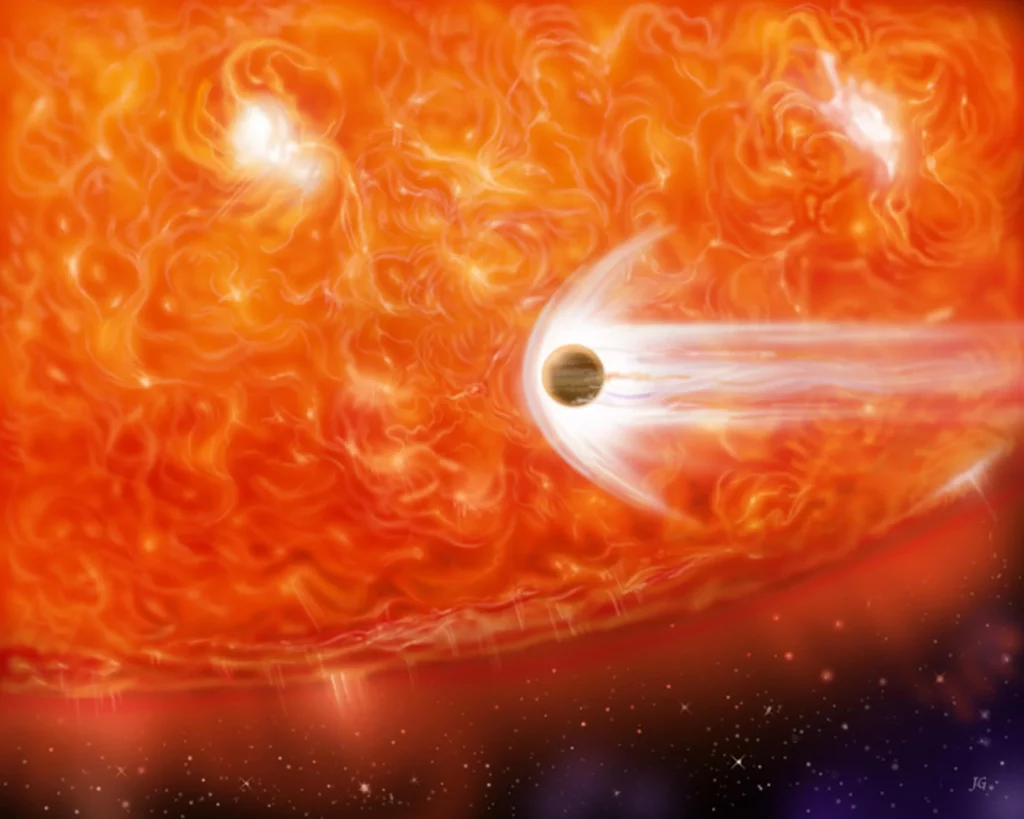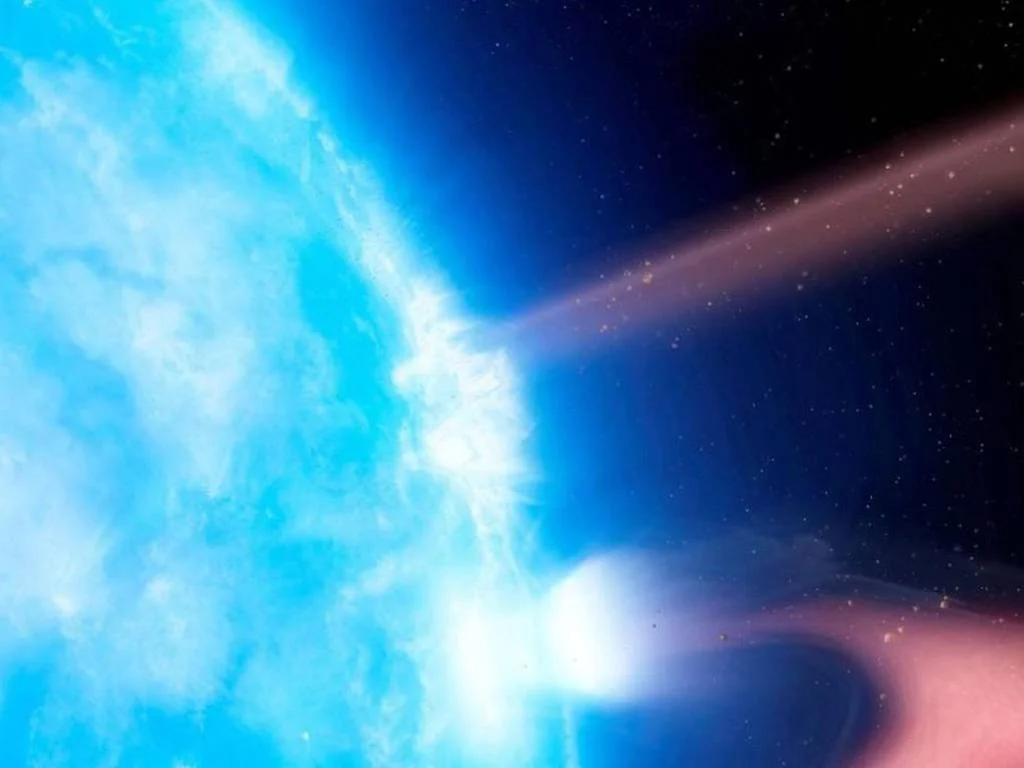Astronomers have recently observed a rare and dramatic event: the final moments of a planet being devoured by its parent star.

This cosmic “last meal” has provided insights into the life cycles of both planets and stars, shedding light on the complex interplay between these celestial bodies and the forces that govern their fates.
Discovery of the Doomed Planet
The discovery of this doomed planet began with the detection of unusual fluctuations in the light emitted by a distant star. Astronomers quickly realized that these fluctuations were the result of a planet passing in front of the star, blocking a portion of its light. As they continued to monitor the system, they noticed that the planet’s transit times were becoming shorter, indicating that it was spiraling towards the star.
The Final Descent
As the planet drew closer to its parent star, the immense gravitational forces at play began to tear it apart. This process, known as tidal disruption, caused the planet to become elongated and stretched, ultimately resulting in a stream of debris that spiraled towards the star. Astronomers were able to capture the last moments of the planet’s existence, as the final remnants of its material were pulled into the star’s fiery maw.
Implications for Planetary Evolution
This rare and dramatic event has provided valuable insights into the life cycles of both planets and stars. Some of the key implications include:
- The Fate of Planets: The demise of this planet underscores the fact that not all planets have stable orbits that can last for billions of years. Some may eventually succumb to the gravitational pull of their parent stars, meeting a fiery end.
- Stellar Evolution: The consumption of a planet can have significant effects on a star’s evolution, as the influx of material can alter its properties, such as its size, temperature, and luminosity.
- Formation of Exotic Objects: The debris left behind by the tidal disruption of a planet may contribute to the formation of other celestial bodies, such as brown dwarfs or even new planets.
Future Observations and Research

The observation of this planetary demise has opened up new avenues of research for astronomers. Future observations may reveal more instances of planets being devoured by their stars, providing additional data to refine our understanding of planetary and stellar evolution. Moreover, the development of more advanced telescopes and observational techniques will further enhance our ability to study these distant and dramatic events.
The recent observation of a planet’s final moments before being devoured by its parent star has provided a rare glimpse into the cosmic forces that govern the fates of celestial bodies. As astronomers continue to explore the universe, these observations will undoubtedly deepen our understanding of the complex interplay between planets and stars, shedding light on the processes that shape the cosmos.

